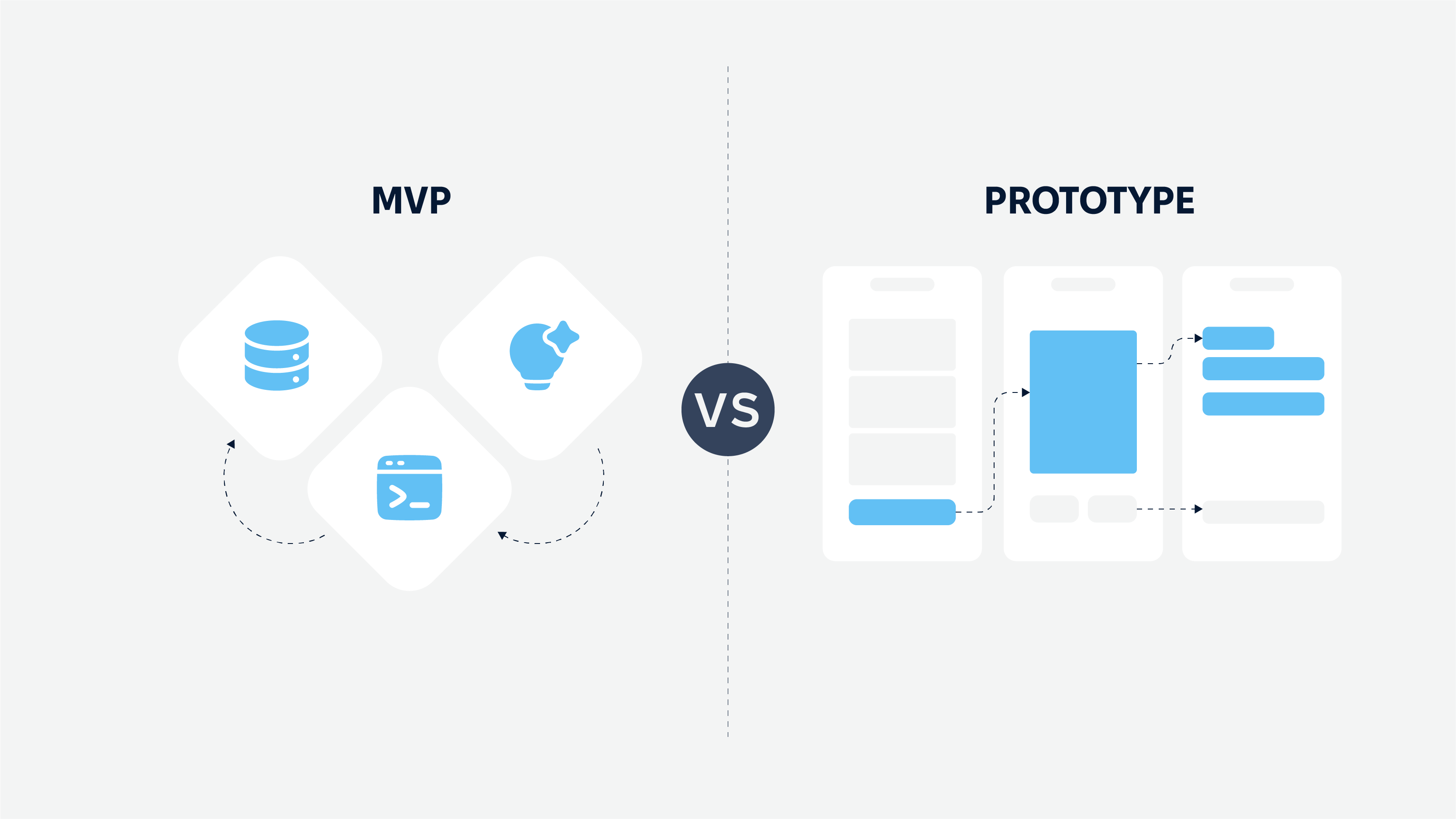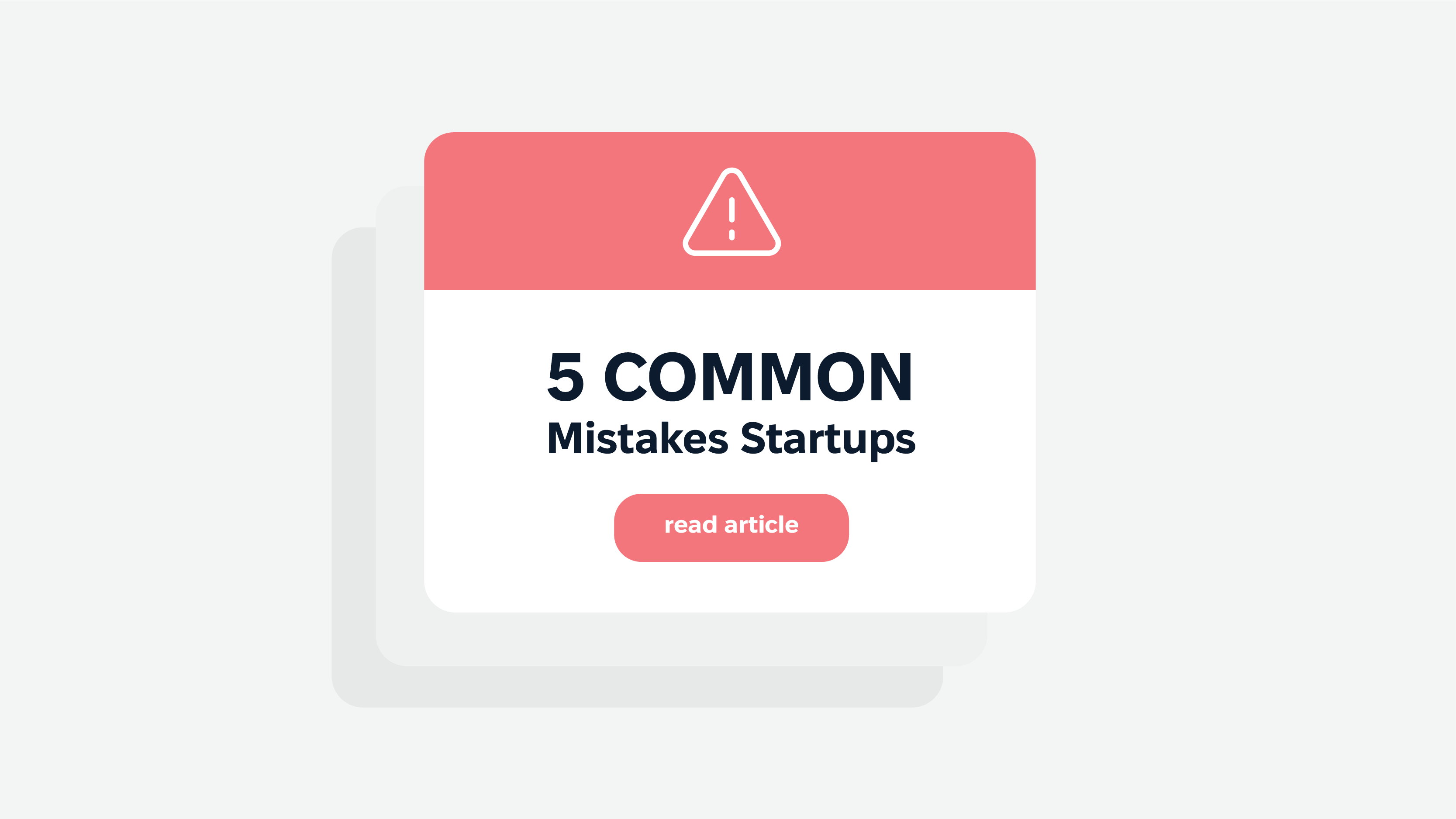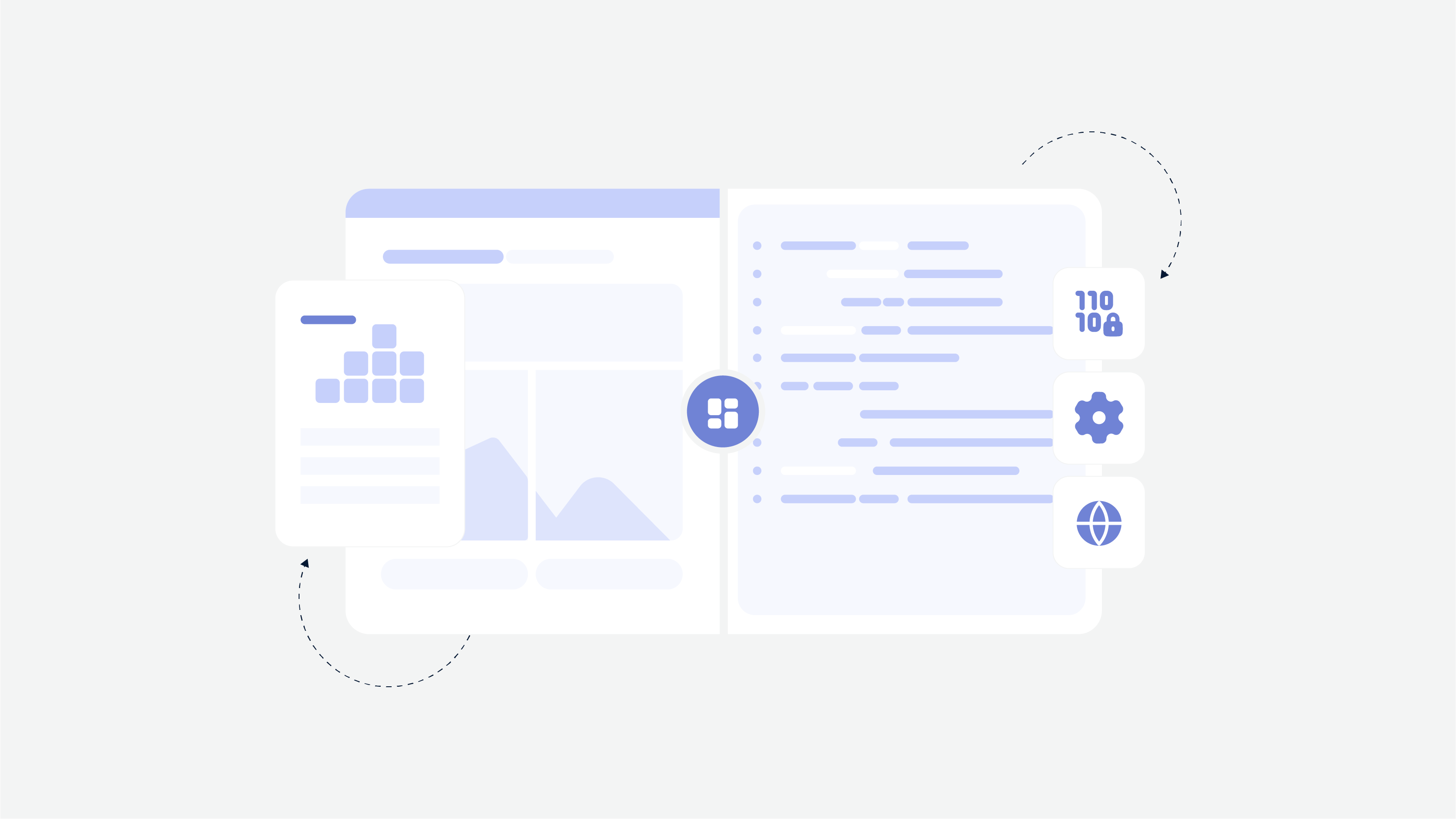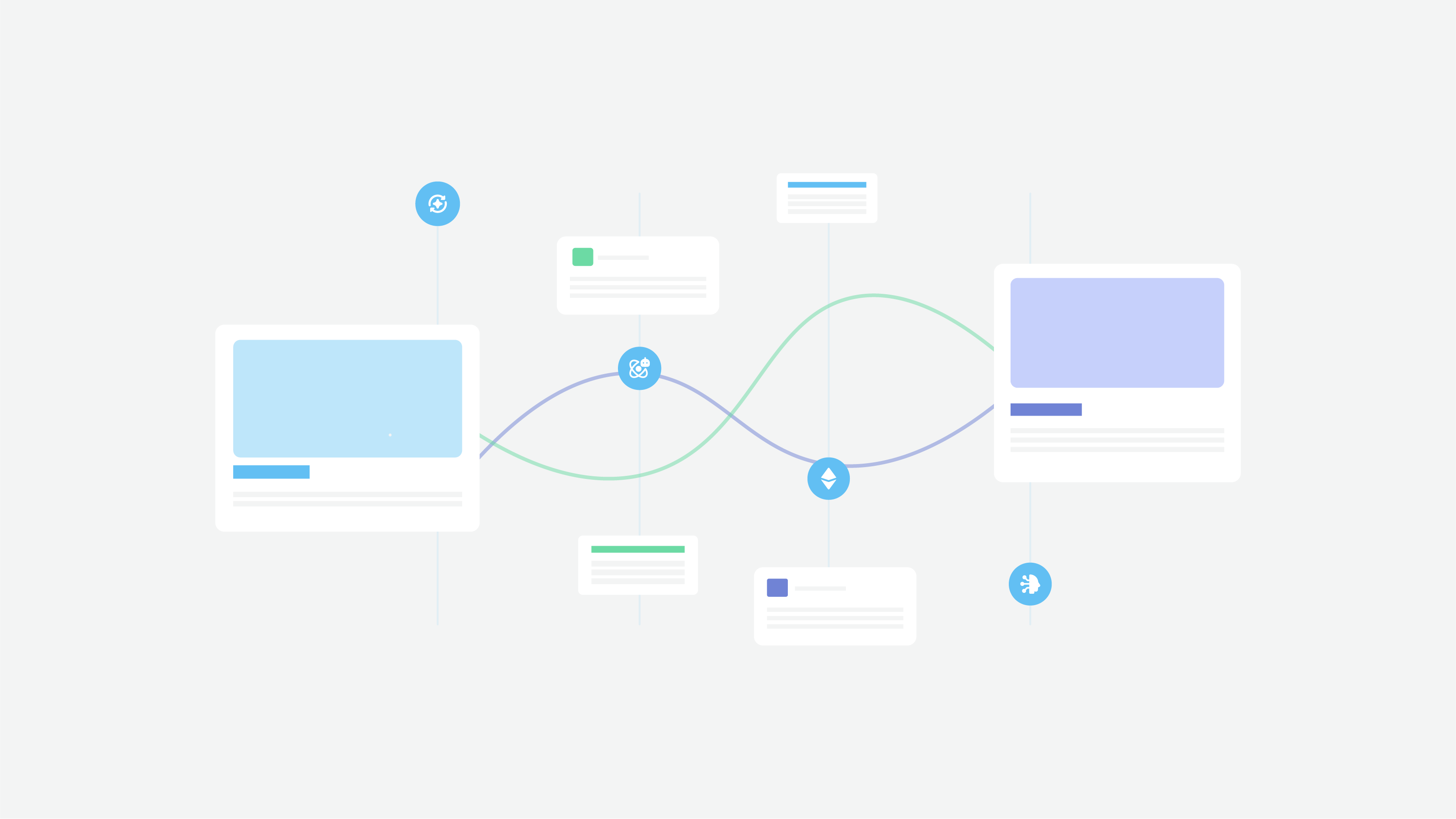What Does User Research Mean for Us?
For the designers in Cadabra Studio, user research is an excellent tool to eliminate personal biases when creating the project design. With the help of user research, we can understand and predict how potential users may perceive and use the product.
As a UI/UX design agency, Cadabra Studio constructs inspired design solutions to interact with users. Therefore, we built up the technique of profitable user research based on our experience of researches done for almost every project (depending on clients’ demands, user research may be optional).
Normally, user research in Cadabra Studio is carried out at the following stages:
Client interview;
Survey of potential users, JTBD (Jobs-to-be-Done) and Value Proposition Canvas, hypotheses plan;
User persona, User Journey, Mind map;
Written research summary.
We consider the stages mentioned above to be very useful and beneficial. While offering our company’s services, we pay high attention to user research and provide clients with comprehensive information about each step of the research process. So, let’s look at each step and analyze them thoroughly.
Step 1. Client Interview
We make up 5 main questions about the competitors’ market, ongoing experience, project’s pros and cons.
Check out the examples of typical questions that we ask during the client interview:
Does a client have an existing product (a website or app)? Is it possible to test this product?
What service do clients want to provide their users with?
What is the target audience of the clients’ product? Who are their competitors?
What do they want to focus on? (e.g. value, features, etc)
Does the client’s project have a desktop or mobile version?
Such questions help us to evaluate the level of clients’ awareness. If clients have a clear understanding of the project’s purpose and functionality, their interview answers will be very comprehensive. Subsequently, it provides us with a better understanding of the project essence.
During the interview, it is important to engage the participants and make them give truthful answers. So, as UX researchers we usually ask open-ended questions or use a survey.
Step 2. Survey of Potential Users, JTBD and Customer Value Proposition, Hypotheses Plan
When the client interview is finished, our project team starts to communicate with the defined target audience. Mostly, we prefer to use Google Forms, because this method provides us as researchers with comprehensive information in a very short period of time. Surveys are shared with the users on Facebook, LinkedIn, Quora and among our blog subscribers.
Communicating with users allows us to formally prove (or disprove) the hypothesis plan, so we can get more understanding about what users’ wishes are and make the right decisions. Having analyzed the survey results, we make a JTBD (Jobs to be Done) framework, Customer Value Proposition Canvas, and hypotheses plan.
JTBD Methodology. Why Is It Important?
JTBD methodology analyzes customer needs and helps to solve them. The aim is to identify whether the product can do a specific job for customers or not. Knowing where customers struggle today to execute the job-to-be-done method indicates what a product has to do in the future to win in the marketplace.
We use the jobs-to-be-done framework to break down the job that customers want to be done into specific steps. As a result, the framework is summarized in several sentences that describe the way of how the product can easily satisfy all customers’ needs.
The Importance of the Value Proposition Canvas
When the JTBD framework is set up, the project team makes a Value Proposition Canvas – a useful and profitable tool for designing, testing, and building the value proposition for the client’s project in a very clear, structured, and meaningful way.
What Does It Mean?
The value proposition segment describes how the product offers added value to the customer.
Products and services. In this section, we get more details on how the client’s product works.
Gain creators. For this section, we usually discuss with clients how exactly the product will help the target audience. This section is important because the benefits of the project are the driving force behind the value proposition.
Pain relievers. It covers the emotional reasons for people to use the product.
The customer segment of the canvas is focused on target audience jobs, gains, and pains.
Gains describe the outcomes and the benefits that potential customers may require, expect, desire, or might be surprised by.
Pains cover anything that annoys customers before, during and after getting a job done.
Customer jobs describe ongoing problems that customers try to solve in their work and everyday lives.
Generally speaking, JTBD isn’t about doing things. It’s about hiring a product to help us make a change (progress). The product does the work, while the consumers enjoy the benefits. For the project team, JTBD provides a panoramic view of the entire project.
The Meaning and Importance of the Hypothesis Plan
An application hypothesis plan is made according to the aims of the project, similar products, and market competitors. Generally speaking, a hypothesis plan is a written list of things we believe to be true based on information from the interview, JTBD and CVP Canvas.
At the end of the research, hypotheses should be either approved or disproved, even supplemented with new paragraphs and details. When the value proposition Canvas, JTBD framework and hypotheses plan are completed, we move to the third step of our user research.
Step 3. User Persona, User Journey, Mind Map
The previous 2 steps of the user research process allow our project team to make User Persona, User Journey and Mind Map. A user persona is a description of a group of users with their expectations, experiences, and needs that are embodied in one collective profile.
The User Journey is the path that the user goes from the emergence of a need for a product to the time of purchase or turning into a fan of the brand. A Mind Map is a tool for visual display of information that allows us to effectively structure and process it.
Why Do We Compile User Persona, User Journey, Mind Map?
A User Persona is a complex image of fictional characters based on user research. We create it to differentiate the user types referring to the behavior, and objectives of users that concern our product and service, their readiness to find a solution. It is a perfect methodology to face users and be able to understand them.
A User Journey Map is a flip chart or diagram that is created for a visual illustration of the User Journey from the initial contact with the project and through the process of engagement into long-term usage.
The User Journey helps us to write and depict a scenario of users’ actions to foresee possible bugs in an app and design a project in the most profitable way. Ultimately, we try to think of the user path step by step.
A Mind Map is a diagram used to visually organize information. A Mind Map shows relationships among pieces of the whole hierarchically. It is created around a single project concept, drawn as an image on a blank page. In the Mind Map, we analyze the functions of the application, ways of satisfying the user and gaining a correct perception of the project.
The components mentioned above are essential elements of user research. But what to do first?
No doubt, the user persona should be created initially. However, it is sometimes a tricky question about what to do next: Mind Map or User Journey. Well, it all depends on the project. We recommend starting with a Mind Map if there is a ready solution for the project. If it is a new project, we start by building a User Journey Map and then enhance it with a Mind Map.
Step 4. Written Research Summary
The final stage of the user research is a single document with all the data and a summary of what it is worth focusing on, what is important and there should be in the application. Usually, we don’t offer too complex options. When clients approve our offers, the magic begins.
In Cadabra Studio we believe that the user-research-driven products are very profitable. The needs and expectations of users are changing regularly. So, every time we carry out the proper user research before designing and prototyping.
Keep it in mind and feel free to contact us. Let us make a complex user research simple for you.











